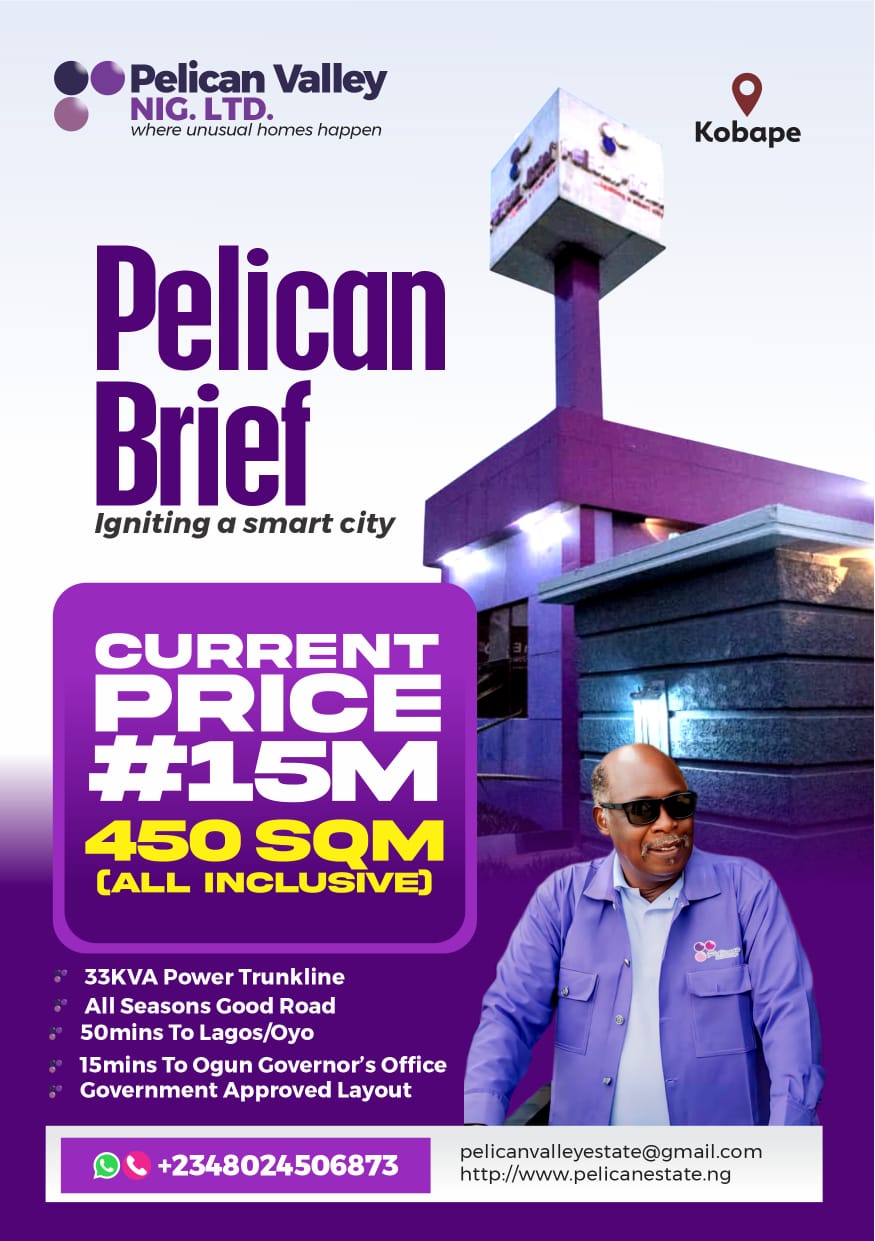Injuries arising from an accident or due to the negligence of others, the last thing to fret over is hiring a lawyer. Thankfully, the US presents a legal system called contingency fee arrangement, promoting client-friendly solutions. Also identified as a ‘no-win-no-fee’ approach, it entails that you have to bear the legal fees only if your case wins or secures a settlement.
This guide outlines the various specifics of contingency fees you need to know about, including what it covers, state-specific rules, and vital questions to account for before signing a contingency fee agreement.
Understanding a contingency fee
A contingency fee is a legitimate payment arrangement where an attorney represents their client without any upfront costs. Rather, the said lawyer only gets their due payment if they win a settlement or through a court award. The client is not liable to pay attorney fees if their case is unsuccessful. This strategy often encourages lawyers to work hard and achieve the best possible outcome on behalf of their clients.
SPONSOR AD
Structure of contingency fees
Most personal injury lawyers often adopt a tired structure:
- 33% if the case is settled before filing a lawsuit.
- 40% if a lawsuit is filed and the case goes to trial or appeal.
- 50% (in Oklahoma), subject to written agreement, and is considered the upper limit under state law.
Now, contingency fees are generally applied to the gross recovery. This means the percentage of the fees is calculated before deduction of expenses, like medical liens, court costs, and expert witness fees.
An average contingency fee arrangement outlines:
- The lawyer’s fee percentage varies according to the case stage.
- Checklist of expenses, covered or excluded.
- Whether the client is liable for additional costs if the case is lost.
Perks of setting a contingency fee for clients
The advantage of contingency fees is that clients get an equal, legal playing field. Here’s how:
- Aligned interests: Since the lawyer gets paid only if you get compensated, the interests of both parties are aligned. This drives the lawyer to give their all, necessary to strengthen the case.
- Access to justice: Hourly legal rates are often high, ranging from $200 to $500 per hour, which most people cannot afford. However, contingency arrangements give these people with diverse financial standing equal access to courtroom doors, especially in cases involving wrongful death, medical malpractice, or personal injury.
- Risk-sharing: If the lawyer representing you is unsuccessful in securing a settlement, you do not owe lawyer fees. The persisting financial risk is absorbed by the attorney, motivating them to take on cases only with a high chance of winning.
Contingency fee – What’s included and not
While crafting a contingency fee arrangement, you need to know what it covers and what it doesn’t:
Covered | Not covered |
| Legal representation | Court filing fees |
| Attorney time and effort | Medical record retrieval expenses |
| Case strategy and negotiations | Expert witness and investigator fees |
| Court filings and pleadings | Deposition and transcript costs |
These expenses are the “case costs”, which often multiply quickly. While some lawyers bear these expenses and are reimbursed from your final award, some may ask you to bear the costs irrespective of the case’s outcome. This is why it is necessary to determine early on how these costs will be handled, and if the case is lost, will you have to accommodate the cost?
How to review a contingency fee arrangement?
A contingency fee agreement has a few key sections that you need to review mindfully:
- Fee percentage breakdown
- Scope of representation
- Out-of-pocket expenses
- Termination clause
Ensure you understand them in detail before signing the agreement.
Oklahoma’s rules for contingency fees
In Oklahoma, attorneys must comply with specific guidelines about contingency fee agreements:
- Mandatory written agreement: The contingency fee agreement must be done in writing and voluntarily signed by the lawyer and the client before starting the legal proceedings.
- Transparency: The agreement must be detailed regarding how fees will be calculated, what case-associated expenses are covered or excluded, and how the expenses will be compensated.
- Maximum cap: The state law imposes an upper limit of 50%, which is again reserved for high-risk and complex cases, involving catastrophic injuries or appeals.
The Oklahoma law strictly focuses on adherence to clarity and fairness to protect clients, especially in high-risk cases of wrongful death or severe injuries.
Can you negotiate contingency fees?
Yes, contingency fees are indeed negotiable. While most lawyers go with the standard percentage for straightforward cases, you can always attempt to negotiate for a lower rate. Factors that often affect an attorney’s flexibility include:
- The strength of your case
- Expected settlement award
- The level of work likely to be involved in the case
- If the case is likely to settle early
If the predicted fee is unsatisfactory, you can always consider getting quotes from more than one attorney before finalizing your decision. If the case may settle quickly, some may offer reduced percentages or lower rates.
What happens if you switch lawyers?
If your lawyer’s actions are substandard and you want to switch mid-case, there will be complexities with your personal injury lawyer’s contingency fees. In general, the outgoing lawyer is entitled to compensation for the work accomplished by them, which can be determined based on:
- Quantum merit (reasonable value of services offered)
- The agreed percentage if the case succeeds with a settlement later.
The new lawyer typically has to settle on a fee-splitting arrangement with the former, preventing the client from double-billing. Nonetheless, such scenarios often create disputes and delays, so it is wise to switch lawyers early, if needed.
Questions to ask before hiring an attorney
Do not forget to ask your lawyer before signing the contingency fee agreement:
- What is your fee percentage? Will it increase if the case goes to trial?
- Who bears the front case costs?
- Can you provide an estimate of case-related expenses?
- Have you handled similar cases? What were the outcomes?
- Will you personally represent my case, or someone else under you, or at the firm?
These questions warrant transparency and avoid surprises later.
Wrap up
A contingency fee arrangement is a feasible option for those requiring legal representation without worrying about upfront expenses. However, understanding every detail of the approach is still vital. By choosing the right personal injury lawyer and an affordable fee structure, you can actively pursue justice with a well-invested representative.
Do you want to share a story with us? Do you want to advertise with us? Do you need publicity for a product, service, or event? Contact us on WhatsApp +2348183319097 Email: platformtimes@gmail.com
We are committed to impactful investigative journalism for human interest and social justice. Your donation will help us tell more stories. Kindly donate any amount HERE





